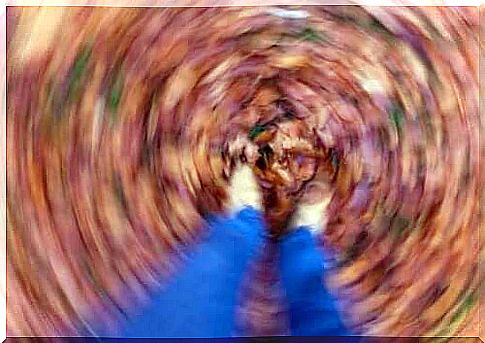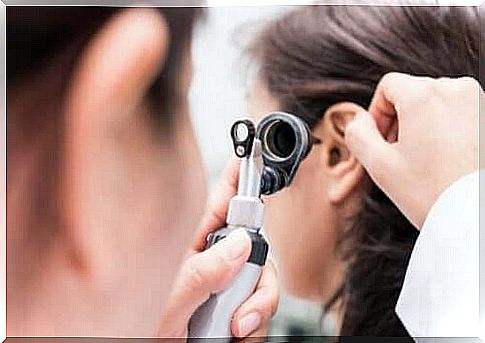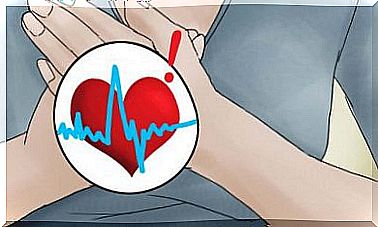Dizziness: Prevention And Treatment

Postural dizziness is a benign disease that is common at the age of 40-50 years. Its cause is unknown in more than 50% of cases and often goes away on its own.
One in three people suffers from dizziness at some point in life. It is almost always temporary and has no serious consequences. Barany first discovered the disease in 1921 and there is no special treatment for it.
Estimates show that 2.5% of the population experience severe dizziness at least once in their lives. The incidence increases as people age and up to 9% of the population over the age of 60 suffers from postural dizziness and needs medical attention.
What does postural dizziness mean?
Postural dizziness is defined as the illusion movement created by the body. It is a feeling where the body feels like spinning, swinging or vibrating. It is usually a short-lived but recurring experience.
Postural dizziness occurs when a person experiences the illusion of movement after moving the head. This kind of dizziness is a feeling that ranges from mild to intense. It’s pretty annoying, but rarely serious.
This disease can be divided into two different categories:
- Postural dizziness is peripheral; It is an all common type that is not a sign of a health problem.
- Central nervous system dizziness is a serious type and is associated with brain disease; scenes last longer and are usually more intense.

Identify the problem
The basic symptom of dizziness is a feeling of movement that causes a loss of balance. Most people describe it as a feeling of dizziness or lightheadedness. It is sometimes associated with nausea or vomiting and blockage of the ears. It also causes a feeling that the environment is in motion and dizziness occurs.
Such seizures usually occur suddenly and do not last more than a minute. They are often triggered when a person moves their head and they vary in intensity. Postural dizziness may be recurrent. It may pass for a moment and then come back later.
The doctor can diagnose the disease based on a clinical interview as well as a physical evaluation. He may also do various tests such as electron stagmography, video stagmography and even magnetic resonance imaging (MRI) to confirm this.
How can postural dizziness be prevented?
Determining the cause of dizziness is impossible in more than half of the cases. The disease is generally not associated with any significant risk factors, but it is more common in people with a family history of the disease or who have suffered from ear infections or suffered a head attack (even if it was not severe).
Most cases are due to a problem in the inner ear. Inside the ear are tubes that are filled with fluid that moves as a person moves. Sometimes small calcium particles float in the fluid, the migration of which is detected by the brain, even when the person is stationary.
Such dizziness is directly related to head movements, so the best way to prevent it is to avoid rapid or sudden movements of the head. It is also important to avoid the consumption of stress and nervous system stimulants.

Postural dizziness: how is it treated?
There are medications to reduce the feeling of dizziness. Eppley posture therapy can also eliminate symptoms effectively. It aims to remove calcium particles from the ear canals to prevent movement sensation.
Most doctors know how to perform a posture treatment in which the head is turned to the side where dizziness occurs. Then the patient should go quickly on his back and the symptoms increase at this point. Later, the head is slowly turned in the opposite direction along with the body.
At the end, the doctor asks the patient to sit down and repeat the exercise. Repeating this procedure will result in the disappearance of dizziness. Please note that postural dizziness may return after a few weeks and require you to do the exercise again.
Your doctor may determine the need for and regularity of this procedure, but please go through a comprehensive assessment if you suffer from recurrent dizziness. This may be due to more serious diseases that are good to map.
Thanks for reading this article.









